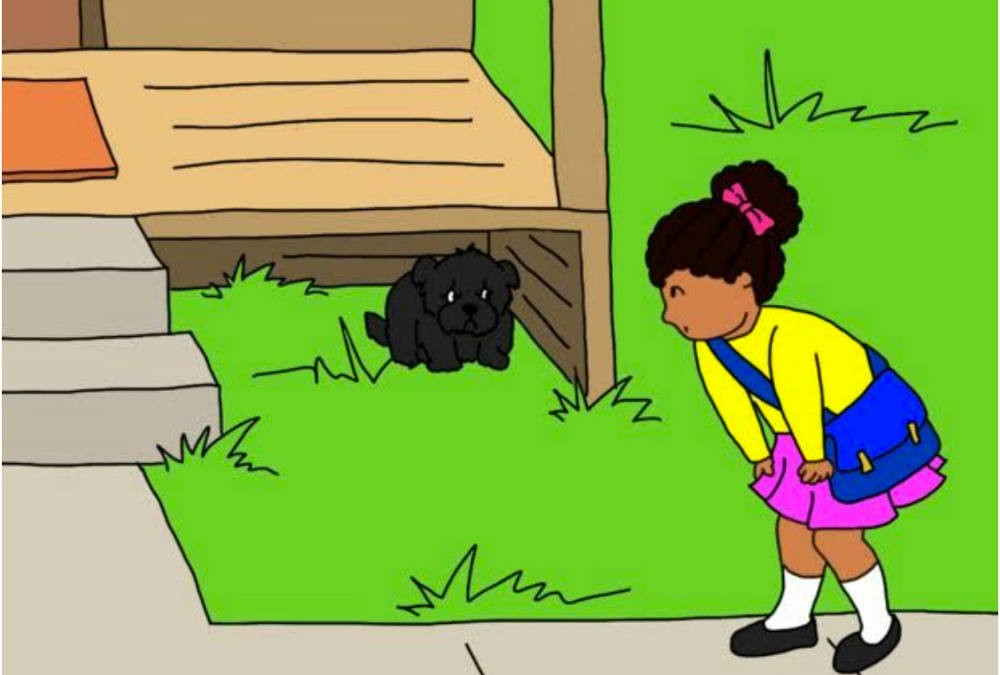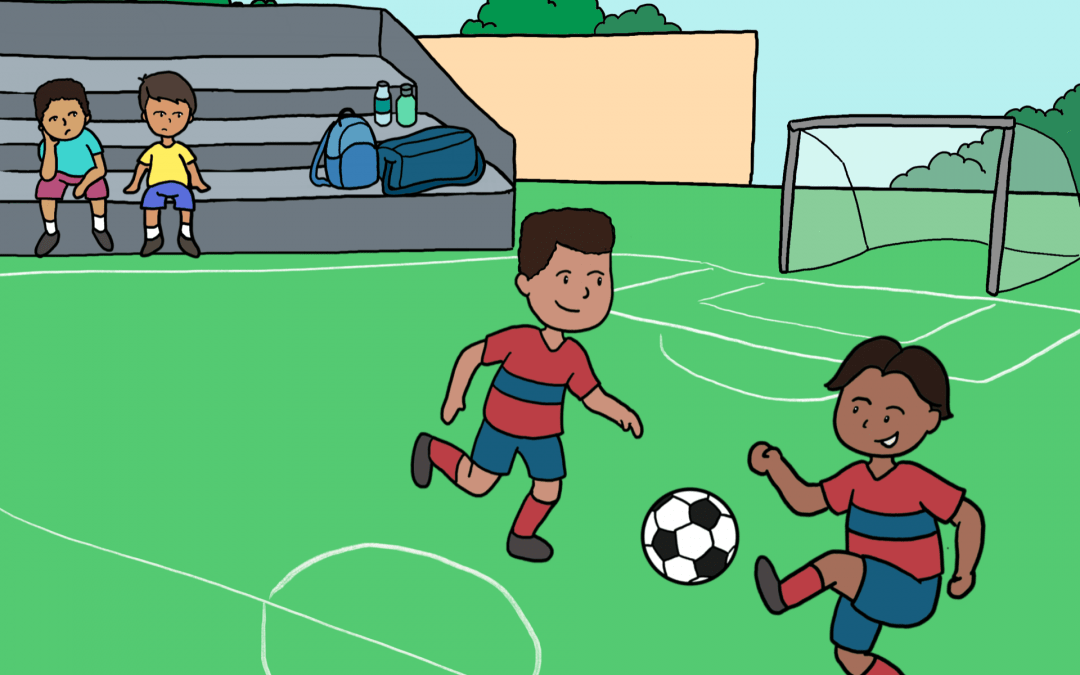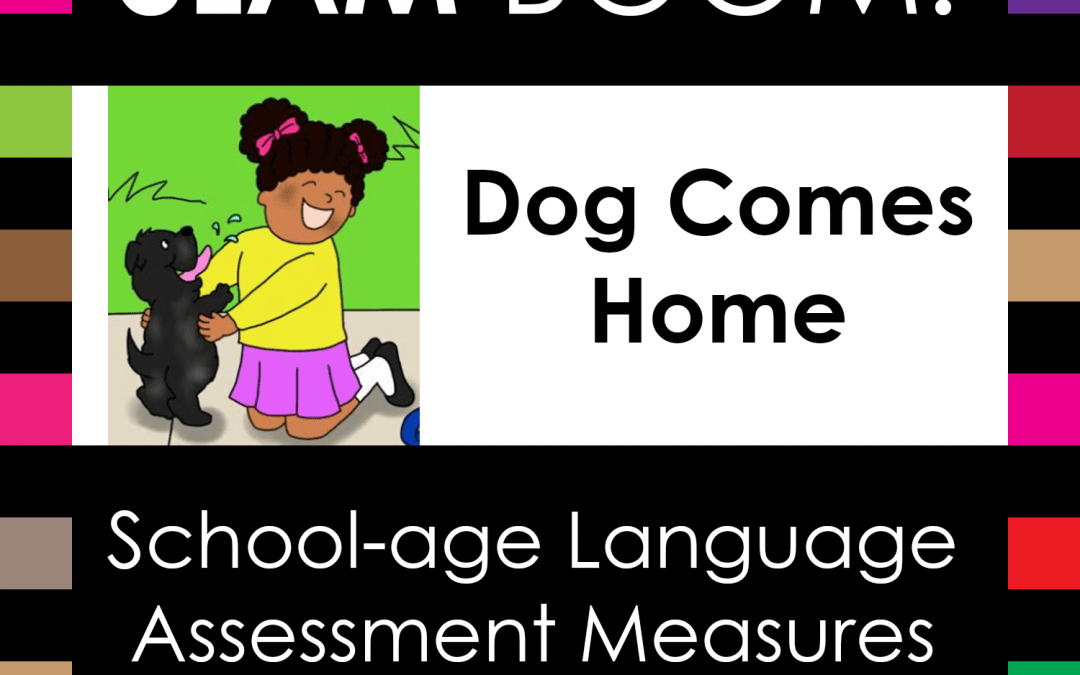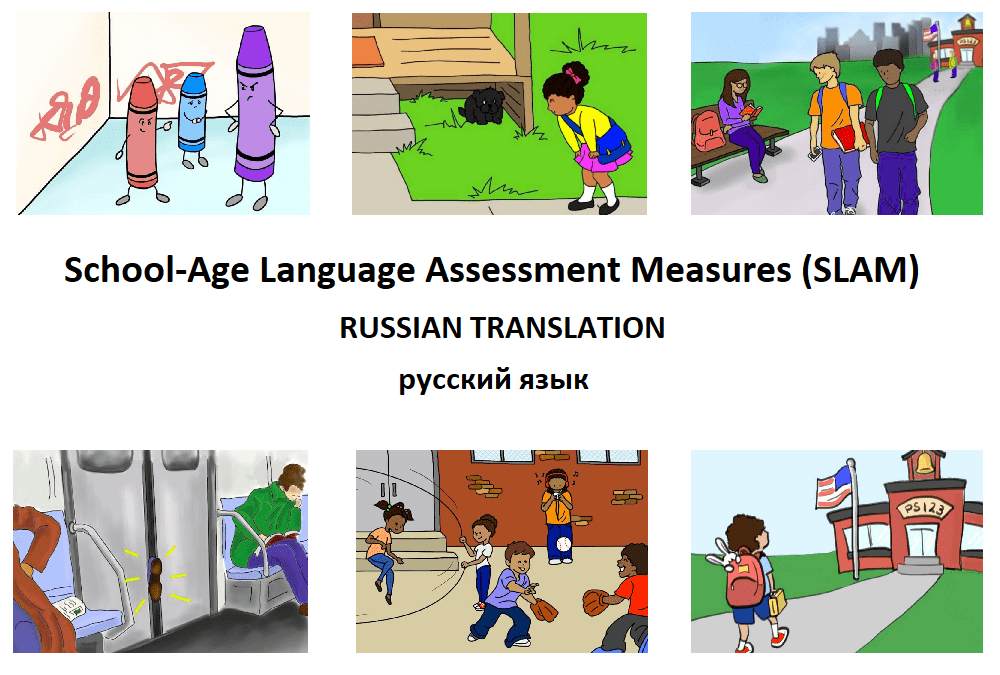
SLAM Dog Comes Home Cards
This set of language elicitation cards and questions was designed as a tool to be used in assessing language for preschool and elementary school aged children.

This set of language elicitation cards and questions was designed as a tool to be used in assessing language for preschool and elementary school aged children.


This set of language elicitation cards and questions was designed as a tool to be used in assessing language for preschool and elementary school aged children.


En esta parte de la segunda clase, Diana Acevedo guía a los espectadores a través de todos los pasos para realizar un examen motor oral (examen oral periférico)
La sección 3.1d repasa la jerarquía de la terapia del habla y estrategias. / Section 3.1d reviews the therapy hierarchy and strategies.
This document presents a speech and language evaluation for “GM,” a 9;7 old English/Spanish bilingual who was diagnosed with a moderate receptive-expressive language disorder.
Dr. Catherine Crowley of Teachers College, Columbia University presents on the identification and treatment of speech impairment due to cleft palate. Other topics include feeding, syndromes, and surgical repair.
This document is based upon the requirements of the federal, state, and city law, regulations, and policies.